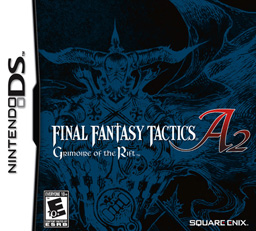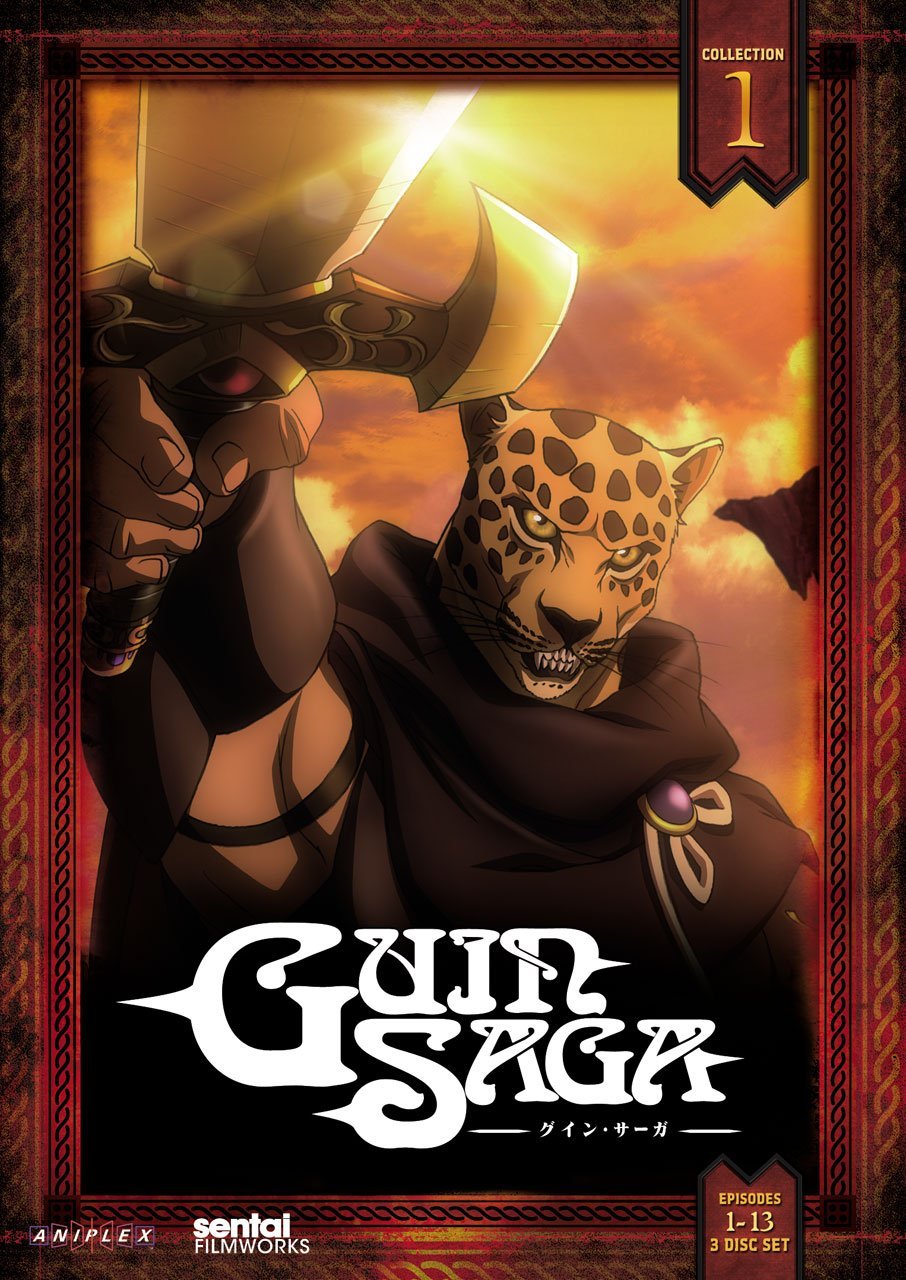In keeping with the spirit of having fun in Japanese, I’ve been playing more and more games in Japanese. I recently finished Final Fantasy Tactics A2 for Nintendo DS, the sequel to the somewhat-okay Final Fantasy Tactics Advance. I wasn’t too great a fan of its predecessor, but I really liked Final Fantasy Tactics, so I decided to give it a shot.
Was it fun? Heck yeah. I made it all the way to the last boss then turned around and went right back into town so I could keep doing missions and having fun. When I got tired of that, I took my overlevelled self back and whupped the pathetic little boss into submission. Power Up 4 + MP Turbo + Grimoire Fragment + Nu Mou Illusionist + 2 Jugglers spamming Smile = Sayonara, boss.
If I had to find fault with FFTA2, it would be with two things. Firstly, the story is really trivial and unimportant. Boy gets tossed into strange world and the only way to go back home is to have lots of adventures. Boy takes to task like a fish to water, and spends 10+ years wandering around world having fun. There’s a bit of story in there with evil organizations and sealed monsters and stuff, but they’re obviously there out of obligation. No sense of urgency and no sense of purpose makes this game a bit on the “meh” side when all is said and done. Secondly the battles are too, too slow. Moving, turning, choosing an attack, executing the attack, your opponent doing the same, it all takes way too long. A simple 5 on 5 encounter can take upwards of 15 minutes if you’re not careful.
Lastly, did I learn any Japanese from it? Haha, I’ve long stopped evaluating material by that standard. If it’s fun, it’s fun, whether I learned something from it or not. But I don’t recall seeing any particularly unusual kanji or phrases I didn’t know. The language – and the whole game, in fact – appears to be tailored towards a slightly younger crowd, so it’s easy to understand, and they repeat themselves a lot to make sure you get it.
All in all it was a good experience, and now you know what I’ve been up to in all the weeks I haven’t been posting. 🙂 That’s all for today.



